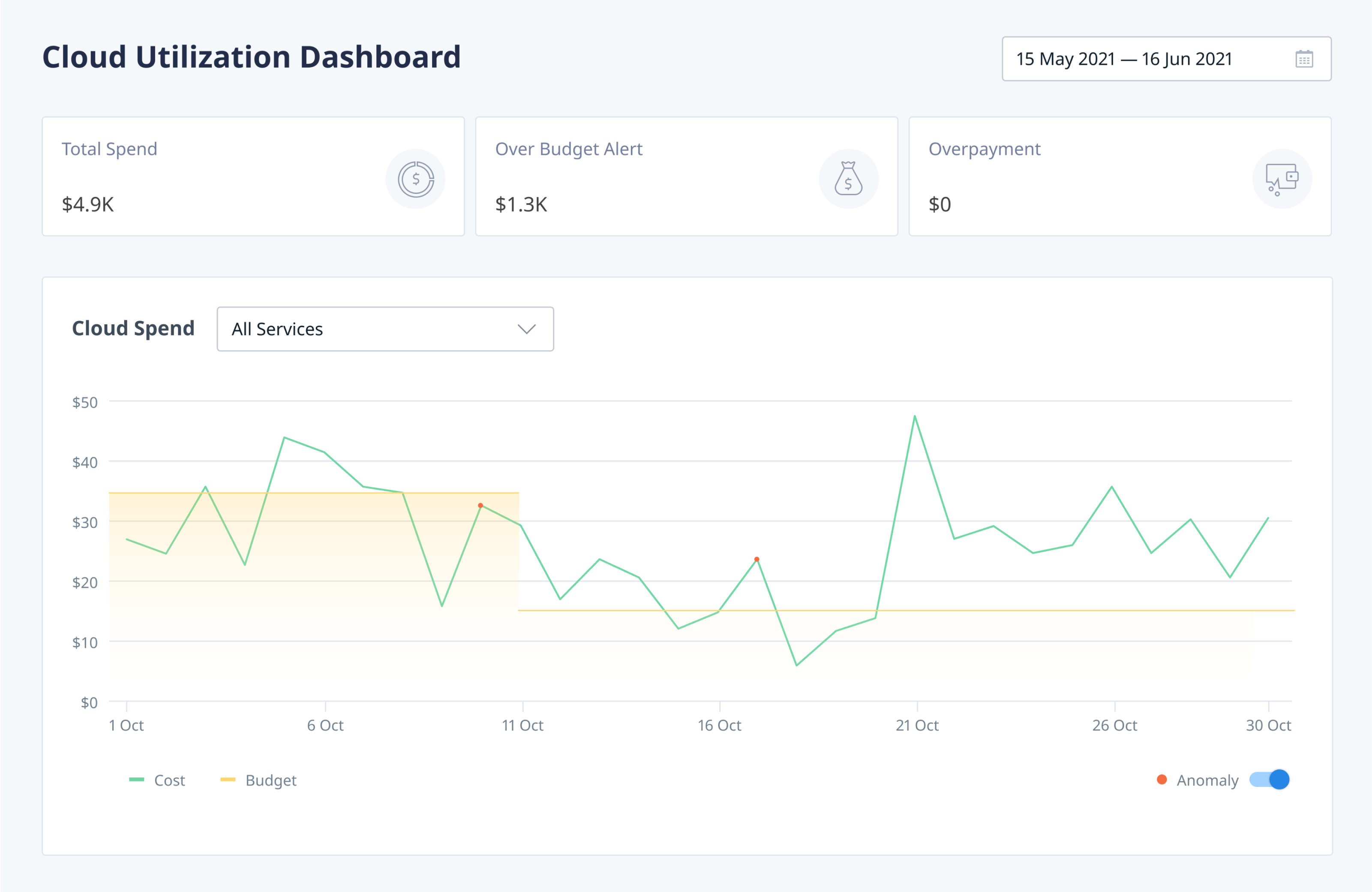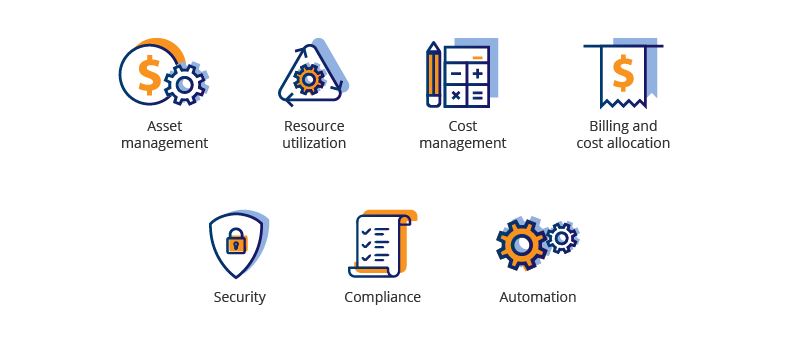How to Build an Effective Cloud Management Strategy

The possibility to scale easier and reduce unexpected cost spikes made enterprises consider cloud migration. Cloud computing is more agile and new, in comparison with traditional IT.
But the cloud is not a magic wand: once you’ve chosen this solution, you need to think about cloud management, which requires the governance of cloud deployment, security, and cost optimization.
Cloud management definition
What is cloud management? It’s the process of centralized administrative control of cloud products and services connected remotely. Successful cloud management involves cloud costs monitoring and providing a secure and healthy environment, in terms of public, private, or hybrid cloud architectures.
To keep the cloud environment healthy, an organization should develop a smart cloud management strategy.
Two approaches to managing the cloud
What is a cloud management strategy? It’s an optimization of cloud performance, spends, and security. Companies can manage their cloud by using native cloud tools and/or implementing third-party applications (also known as cloud management platforms).
Cloud-native tools are the instruments the cloud provider offers itself. Nowadays cloud platforms have many tools to effectively monitor cloud resource utilization and cost. There are some examples of cloud-native monitoring tools provided by Microsoft Azure, Amazon Web Services, and Google Cloud Platform:

The downside – sometimes it’s difficult to learn and master these tools. Moreover, some organizations use several cloud platforms and each platform has its own cloud monitoring tools, so there is no unified dashboard that presents the whole picture.
Cloud Management Platforms, on the other hand, provide visibility by a unified dashboard. It helps companies to manage various cloud assets, control their costs, continuously check security and compliance, and arrange operational processes wisely. As an example, below you can see how the Cloud Utilization Dashboard looks on Binadox.

Cloud management strategy: 7 essential factors
Building a smart cloud management strategy is crucial and at the same time a very demanding task. So, how to manage the cloud most productively? First of all, you need to adopt the right tool which would allow you to effectively monitor your numerous cloud resources. It must provide you with total visibility on what is used and how much it costs. The main principle here – unused resources should be disposed, idle – scheduled, underutilized – rightsized.
There are a lot of things to consider while building an effective cloud strategy but we have outlined 7 factors you should pay attention to primarily:

1. Asset management
Cloud managers always need to keep an eye on their cloud environment. Inventory is the first step – you should know what resources the company possesses.
Moreover, having total visibility on how purchased cloud resources are consumed is essential for allocating budget wisely. Supply should always match with demand.
2. Resource utilization
Optimization of cloud resource usage is the next step. It makes more sense to monitor resource utilization over a defined period to trace consumption patterns, compare it with provisioned capacity and modify the allocation size if a resource is found larger than required. The process of configuring your cloud resources so that it meets the organization’s current and future workload needs is called rightsizing.
The biggest advantage of rightsizing is that it helps to find a balance between performance (based on utilization) and cost to reduce waste as much as possible.
3. Cost management
Cloud spend control is important if you don’t want to waste money on the resources you’ll never use. To detect such resources, cloud managers need to check extremely low utilization metrics over a specified period of time. Once detected, initiate a procedure to shut down the unused resources to gain cost savings.
4. Billing and cost allocation
Probably one of the most considerable pillars of cost management is cost allocation. It is essential for forming financial reports to properly assign the cost among various cost-generating objects such as particular products, regions, departments, teams, or individuals. Such correlation between cost and a unit which produces it allows the financial controllers to calculate the true efficiency of the department or function and identify major cost drivers in a company.
Third-party cost management tools in this sense give a more detailed, precise vision of cost objects for which the company needs to allocate the cost.

5. Security
Security is the cornerstone for every cloud architecture. Cloud security is a shared responsibility between you and the cloud provider, so it should be taken seriously by both sides. Your company should make sure that measures such as enforcing encryption and protecting storage are taken to avoid possible data breaches. Also, the company should track the risks and get rid of them quickly or even beforehand.
Cloud providers help you to deal with all of that, providing you with native tools. As well as third-party applications can facilitate this process to ensure better cloud security.
6. Compliance
Compliance in cloud computing is highly important. Data privacy regulations have been designed to make sure that organizations handle sensitive data responsibly.
Reliable organizations should meet federal and international requirements to be ready for audit. And a solid cloud management strategy should have a tool to automatically detect the problems and include compliance checks regularly.
7. Automation
Working smarter, not harder – that is the key to success. Cloud automation can take over some of the tasks like auto-provisioning servers, or detecting and eliminating unused processes. It allows your IT team to focus on more critical tasks and accomplish their major responsibilities. Also, automation can help to reduce human error and cloud sprawl.
You can use cloud automation software tools that take codified steps and run them automatically, without humans involved.
A way to simplify cloud management
Cloud management is a continuous process for all organizations. This article considers 7 parameters that companies should pay attention to while building a sustainable cloud management strategy. Fortunately, there are cloud management platforms like Binadox that can facilitate these factors.
With Binadox, it is easier to analyze and compare your cloud costs over a defined period and detect unused, underutilized, and idle resources. Also, the system offers rightsizing recommendations based on a predicted workload and the possibility of tagging multiple cloud resources to allocate costs more efficiently.
Want to know more about Binadox?
Sign up for a free account to try Binadox out!